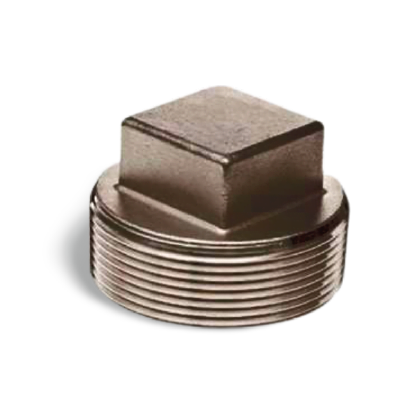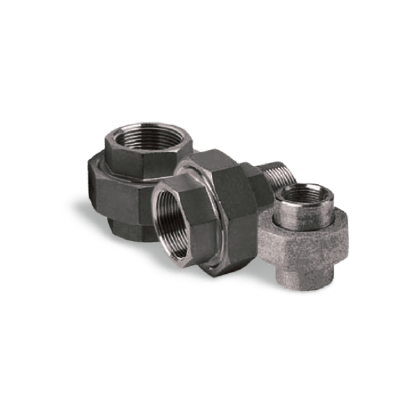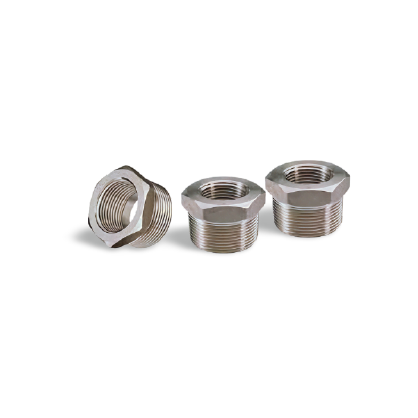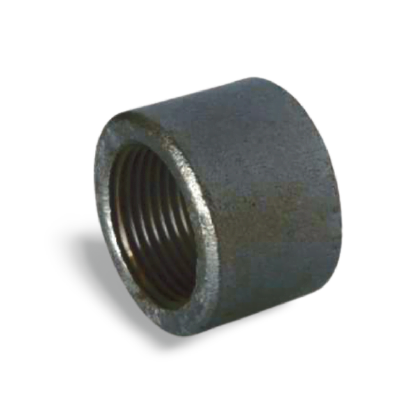Threaded Fittings
Teshi Fittings is a leading manufacturer of Threaded Fittings,
offering a wide variety of fittings in different dimensional sizes,
ranging up to 200NB.
Manufacturing Process and Features of Threaded Fittings
Threaded fittings are manufactured through a specialized process that caters to their unique threading design and functional requirements. Here’s an overview highlighting their manufacturing process and key features:
Manufacturing Process:
- Material Selection: Threaded fittings are typically crafted from materials such as stainless steel, carbon steel, or alloy steel. Material choice is guided by factors including corrosion resistance, strength characteristics, and suitability for specific operating conditions.
- Cutting: Raw materials are precision-cut into appropriate sizes and shapes using advanced cutting techniques to ensure uniformity and precise dimensions.
- Forming: The cut materials undergo forming processes tailored for threaded fittings. This involves shaping the fittings to incorporate threads, either through cold forming at room temperature using mechanical equipment or hot forming after heating the material for enhanced malleability.
- Heat Treatment: Following forming, threaded fittings may undergo heat treatment processes to optimize their microstructure, enhance mechanical properties, and relieve residual stresses for improved performance and longevity.
- Machining (if necessary): Additional machining processes may be employed to achieve smooth surface finishes, ensure exact dimensions, or create intricate threading details as required by design specifications.
- Inspection and Testing: Stringent quality control measures are implemented to assess threaded fittings for dimensional accuracy, surface finish integrity, and structural strength. Non-destructive testing methods are utilized to detect any potential defects or imperfections that could affect performance.
- Surface Treatment: Depending on application requirements, threaded fittings may undergo surface treatments such as coatings, plating, or passivation to enhance corrosion resistance and prolong service life in diverse operational environments.
Features of Threaded Fittings:
- Ease of Installation: Threaded fittings offer straightforward installation and disassembly in piping systems, facilitating efficient maintenance and modification tasks.
- Leak Prevention: The threaded design ensures a secure, leak-resistant seal when properly tightened, preventing fluid or gas leakage even under varying operational pressures.
- Strength and Reliability: Threaded fittings are manufactured from durable materials and undergo rigorous production processes, ensuring robustness, strength, and long-term reliability in demanding industrial applications.
- Versatility: Available in a wide range of sizes, materials, and configurations, threaded fittings are adaptable to various piping system requirements across industries, offering flexibility in design and application.
- Conformance to Standards: High-quality threaded fittings adhere to industry standards and specifications, ensuring compatibility with existing piping systems and reliability in meeting performance expectations.
In summary, threaded fittings play a crucial role in piping systems by providing secure sealing, structural integrity, and durable performance suited to rigorous operational conditions and diverse industrial applications.
Others Products
Frequently Asked Questions
Most frequent questions and answers

















